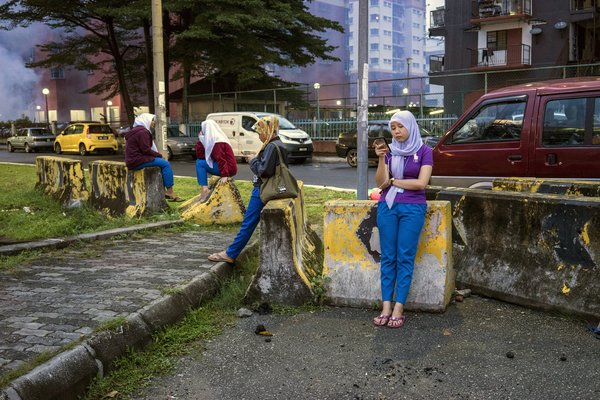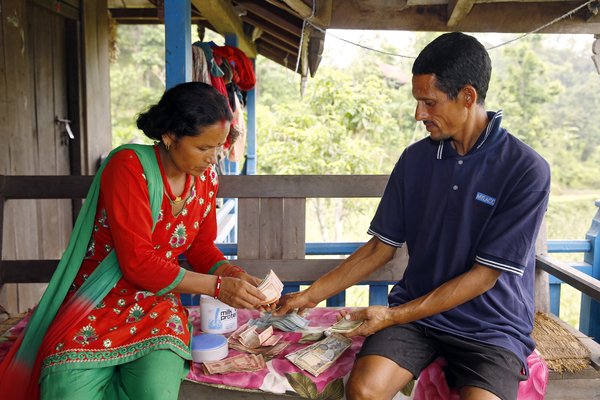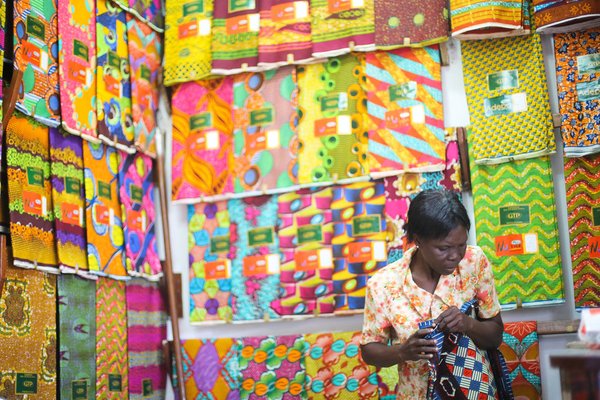
Photo by ILO. Sunita Bk - Migration Resource Center (Niyama). CC BY-NC-ND 2.0
This paper was co-authored by MIDEQ researchers, Lorena Izaguirre and Matthew Walsham, and Malte Skov, a postgraduate researcher at the Global Development Institute, University of Manchester.
Global migration flows and their social and developmental causes, characteristics and consequences are inherently gendered. This applies to South-South migration flows as much as it does to other more studied migratory routes to, from and between destinations in the Global North. However, South-South migration may have distinctive characteristics in comparison to other forms of international migration, and this includes how gender dynamics and gendered inequalities shape and are shaped by migration within and between countries of the Global South. Building upon a global overview of gender, intersectionality and South-South migration (Izaguirre and Walsham, 2021), in this working paper we focus specifically on three migration corridors: Haiti-Brazil, Ghana-China and Nepal-Malaysia which are sites for new empirical research being conducted by the MIDEQ project.
Migration flows in all three corridors are dominated by migration for work. However, in other respects they differ significantly – for example, in the kinds of work involved, the nature of formal and informal migration channels and the scale of intra- and inter-regional migration involved. Further, as the COVID-19 pandemic has laid bare, while existing inequalities have shaped the experiences of labour migrants and their families at both origin and destination, the consequences are not uniformly distributed and are often highly gendered in nature. As such, the three settings provide an opportunity to explore both commonalities and heterogeneity in how South-South migration shapes and is shaped by gender relations/inequalities and their intersection with other social characteristics such as race and class. The review aims to capture and synthesise existing findings on gender and migration within the academic literature on these three corridors and to identify some gaps and areas for future research.
The literature was collected through database and online searches using SCOPUS, SciELO and Google Scholar and supplemented by additional material identified by research teams in individual countries as well as MIDEQ team members working on gender. The Haiti-Brazil section incorporates literature in English, French and Portuguese, while the China-Ghana section includes both English language and Chinese language material. Priority in all three corridors was given to literature with an intersectional approach – either implicit or explicit – that sought to explore how gender intersects with other social characteristics to shape the migration experience (see Izaguirre and Walsham, 2021 for a full discussion). The often scarce material on migrant women’s experiences in the three corridors, in the context of predominantly male migration flows, is considered in detail where it exists. The review also incorporates a broader concern with gender relations between female and male migrants and non-migrants, and – where possible – a focus on migrant masculinities as well as femininities. Beyond these core concerns, the sub-themes in each corridor differ to some degree according to the nature of the migration flows involved.



